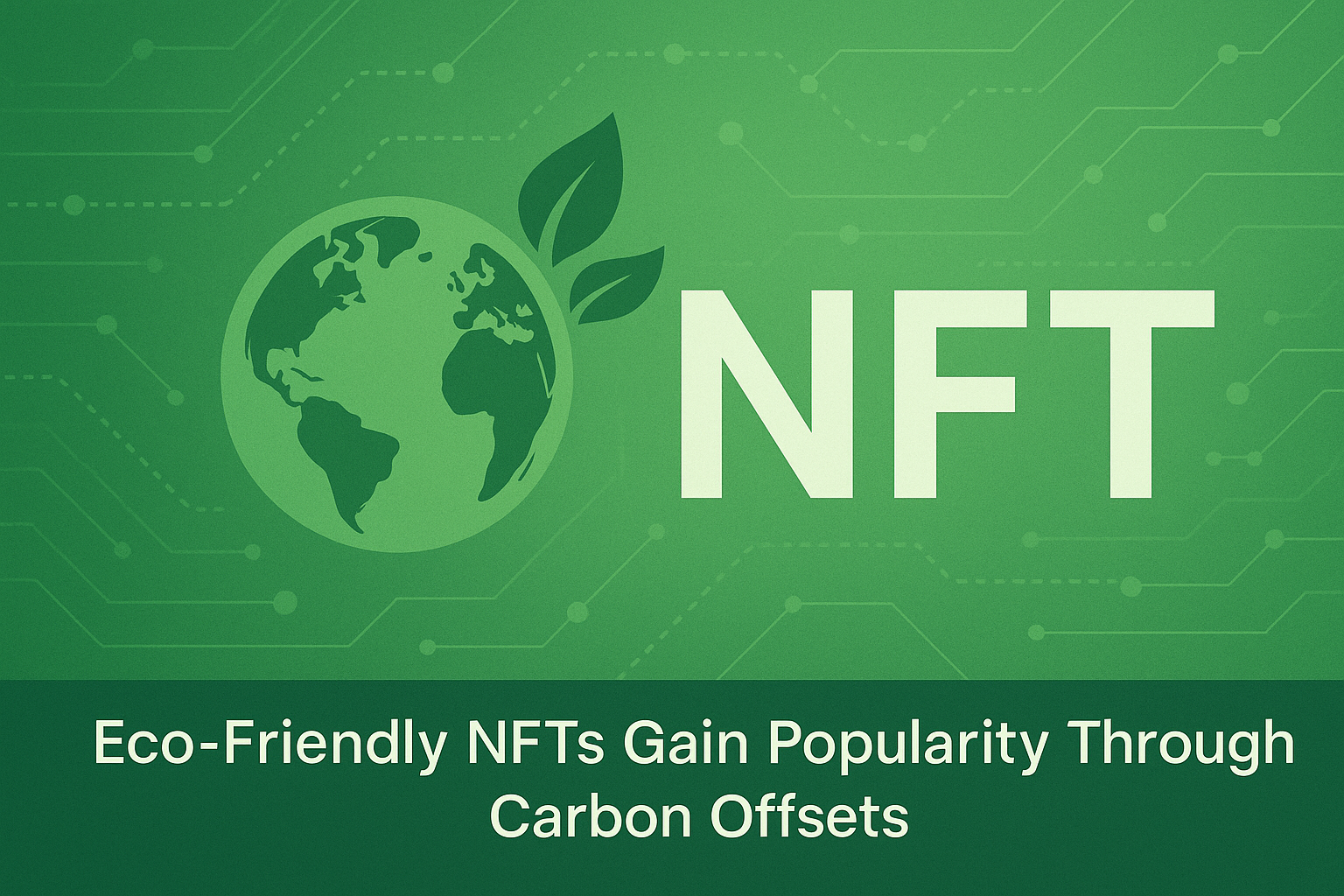In recent years, non-fungible tokens (NFTs) have exploded in popularity, revolutionizing how we perceive digital ownership and creativity. However, their rise also sparked a heated debate about environmental impact, particularly due to the high energy consumption of traditional blockchain networks. Today, that narrative is changing. A growing movement is reshaping the NFT space—one that is focused on sustainability, carbon neutrality, and climate-conscious innovation.
The Green Shift in NFTs
As environmental concerns intensified, many in the NFT community began to explore alternatives to the energy-intensive Proof-of-Work (PoW) consensus models. The shift to Proof-of-Stake (PoS) blockchains—such as Ethereum 2.0, Tezos, and Polygon—marked a turning point. These networks drastically reduce energy consumption, making them more suitable for environmentally aware projects.
Beyond infrastructure, the NFT community is now actively engaged in offsetting its remaining carbon footprint. Artists, marketplaces, and collectors alike are collaborating with carbon credit providers to neutralize emissions associated with minting and trading NFTs. This includes funding renewable energy, forest conservation, and direct carbon capture initiatives.
Community-Led Innovation
One of the most promising aspects of this green transition is the rise of grassroots, community-driven sustainability efforts. NFT projects like Aerial, Nori, and CarbonDrop are directly linking art sales to carbon offset purchases. Others are experimenting with smart contract designs that embed offset contributions into each transaction.
Leading NFT marketplaces are also following suit. Platforms like Rarible and Voice have adopted transparent sustainability strategies, partnering with environmental nonprofits and enabling buyers to choose eco-certified tokens. The messaging is clear: the future of digital art doesn’t have to come at the planet’s expense.
A New Narrative for Web3
This eco-forward evolution not only addresses criticism but also expands the utility and narrative of NFTs. Now, owning an NFT can mean supporting renewable energy, preserving biodiversity, or funding climate resilience. This makes NFTs not only collectible or profitable—but also purpose-driven.
From a broader Web3 perspective, this trend signals a maturing ecosystem. As blockchain adoption grows, sustainable design principles are becoming a core pillar—not a mere afterthought.
The NFT space has long been a frontier for digital expression. Now, it’s also becoming a testing ground for climate innovation. By leveraging PoS blockchains and implementing carbon offsetting mechanisms, eco-friendly NFTs are helping redefine the relationship between technology and sustainability.
The convergence of creativity, transparency, and environmental stewardship offers a hopeful blueprint for how digital assets can align with the global green transition. In this rapidly evolving space, art isn’t just seen—it’s felt, measured, and now, responsibly balanced with the Earth’s needs.




